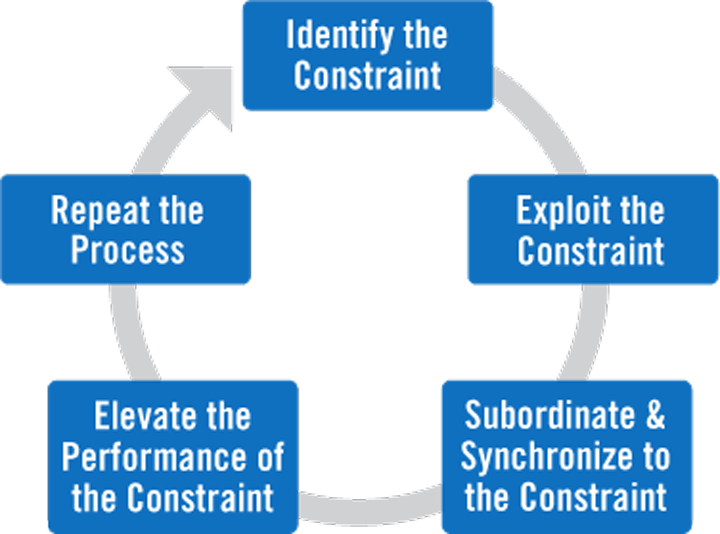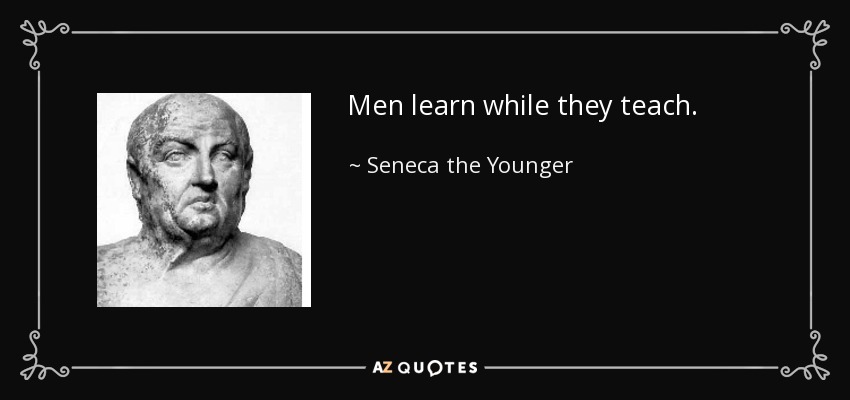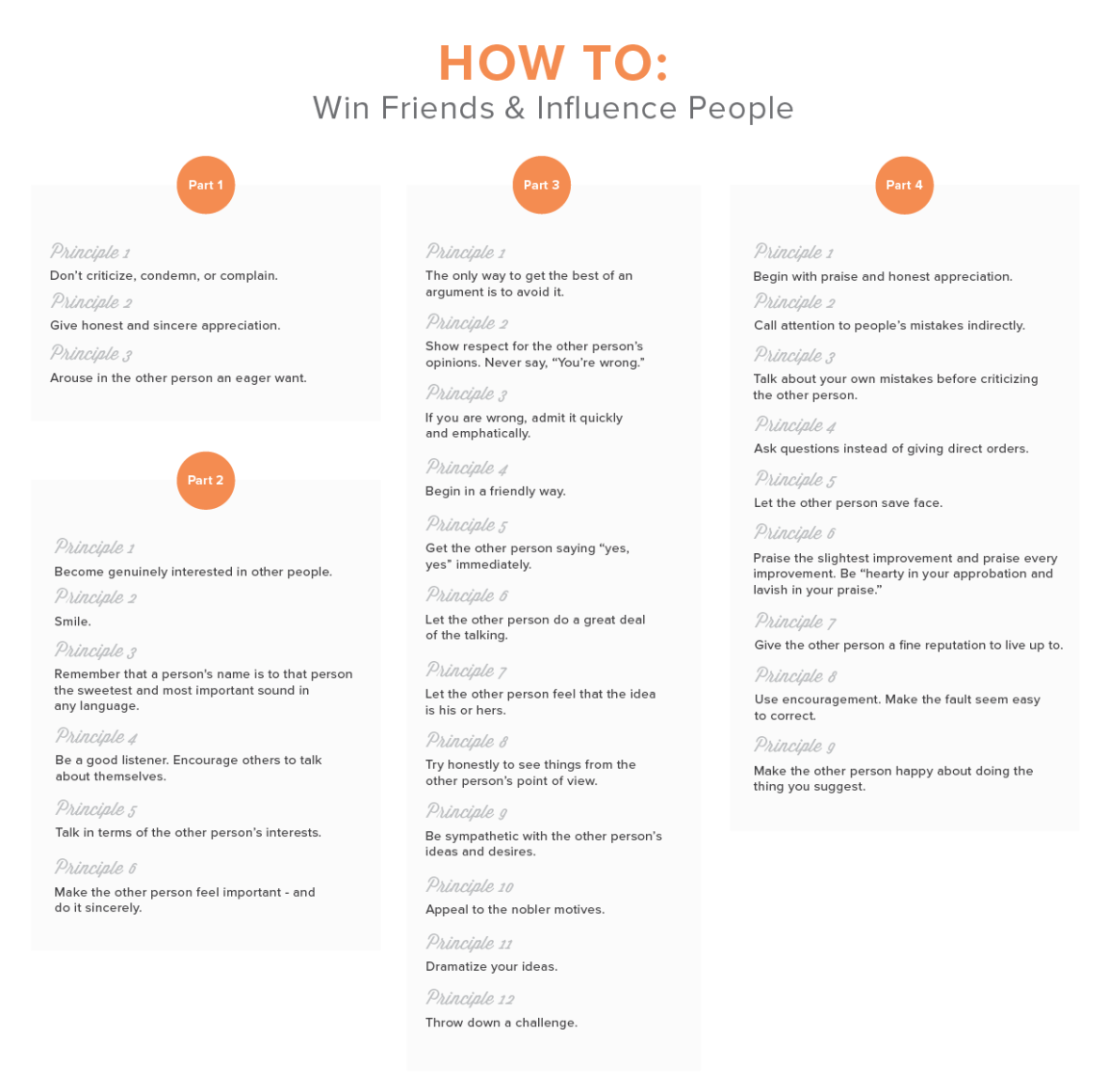During a recent discussion in an agile retrospective it came to light that a number of problems with a particular piece of work came about through some slightly flawed logic and inductive reasoning between the group working on the ticket.
This blog intends to open up a discussion and debate on the process of logical thinking with a view to helping people reach a favorable result in any endeavor they undertake.. Whether it is development, quality assurance, management etc.
Last year I completed the 52 book challenge (one book a week, for a year). During that time I read a number of books on critical thinking. These books investigate how we as humans come to conclusions, what that process looks like and the pitfalls that we can encounter on that path.
The most interesting books in this area were Thinking, fast and slow by Daniel Kahneman. A Nobel prize winning psychologist in the study of judgement and decision making, and Blink by Malcolm Gladwell. I’ll reference both books often in this blog.
What is the process?
This is a very complicated question, however you try to break it down. What is the system or logical process that a human goes through in order to make a decision on something? How does that process propel us to the correct or incorrect answer? We obviously are not computers, robots or machines (yet). There is no fixed circuitry that we run electricity through in order to obtain a binary yes or no answer. This is both a major benefit to us and a major hurdle when it comes to decision making. We lack the absolute certainty that a computer can achieve when giving a set of variables and a logical algorithm. But we can handle abstract thought, we are flexible and can deal with the myriad of information and stimuli that surrounds us in this world. We can build links between information and stimuli and come to conclusions that a computer would not be able to reach due to the confines of its circuitry.
This ability to deal with abstract thought and original ideas is where engineering, art and music and other aspects that make us human come from.
So given that.. How do we attempt to find the right answer for any given question? The time I’ve spent coaching has firmly rooted the concept that the first step in improving something, is having the awareness of it. Hopefully if nothing else this blog can help raise awareness of how people make decisions.
Two Systems
There are two systems in the brain, that can be loosely summarized like this:
System 1: Operates automatically and quickly, with little or no effort and no sense of voluntary control.
System 2: Allocates attention to the effortful mental activities that demand it, including complex computations. The operations of System 2 are often associated with the subjective experience of agency, choice and concentration.
For example. If someone asks you what the answer to 2+2 is, you know instinctively that the response is 4. When given this problem your mind uses system 1, which in turn uses the associative reasoning that you have ‘stored’ to identify that the answer is 4. If someone then asks you what the answer to 24×16 is, this is not an answer you can work out without delving into system 2 and going through the logical process of working out the result. Problems occur when we start using the wrong system to answer a given question.
Like everything in biology there is an evolutionary reason that these two systems evolved. Studies have identified that engaging system 2 actually causes a person to take more glucose from their blood stream, so it is literally draining your energy when you have to concentrate on a task. So quite simply, we rely on system 1 as a ‘shortcut’ to prevent us having to work hard on every question. System 1 also gives us the ability to react quickly given certain stimulus, this was obviously very important for early humans whilst trying to survive.
So to further summarize, Daniel Kahneman describes the two systems using these key words:
System 1: Fast, automatic, frequent, emotional, stereotypic, subconscious
System 2: Slow, effortful, infrequent, logical, calculating, conscious
An interesting keyword that appears for System 1 is ’emotional’. System 1 is high susceptible to emotional triggers. When you have a system that is fast, automatic, subconscious and susceptible to emotions as you can imagine that this is a recipe for disaster at times !
The active decision to use a specific system
So, given the choice. When should we use system 1 and when should we use system 2?
The first major hurdle is that system 1 handles stimuli by default. System 1 is fast, automatic and subconscious. So before System 2 gets a chance, System 1 has already had a stab at it. It has already taken the stimulus and run it through our quick, associative neural network and come to a conclusion. The neural network that it runs against is based on all your past (stored) knowledge, tendencies, beliefs etc. So like any logical deduction, you may be missing key facts and therefore come to an incorrect conclusion.
Take the question:
“How much money would you pay to protect wildlife?”
This question on the face of it is very vague. What exactly is ‘wildlife’, what ‘protection’ are we offering? The associative brain will break this question down into something simpler to answer. You may love badgers (remember about system 1 and emotions..), and really care about the protection of them. This would therefore be part of your neural makeup. Your associative system 1 may therefore instantly replace ‘wildlife’ with ‘badgers’. It may then replace protection with ‘stop people culling‘ giving you the following sentence:
How much money would you pay to stop people culling badgers?”
Your brain has boiled a hard (if not impossible) question into one that can be answered with conviction and certainty, but accuracy and detail has been lost during the process. This means that you may end up answering the wrong question (the second one), which may not necessarily be the right answer.
So back to the original question. When should we move past System 1 and engage System 2? We obviously have to be very careful when using System 1 exclusively. After reading “Thinking, fast and slow” my impression was that engaging system 1 was like playing with fire. Sometimes its fine, but other times you get burnt. But using System 2 exclusively would be quite exhausting and lead to poor decisions, so how do you function as a person and make the best decisions you can? Malcolm Gladwell looks at System 1 in a slightly different way. System 1 is built on experiences and previous associations, therefore people who have experience making deductions on certain subjects and certain criteria should feel a lot more confident about using System 1.
We can apply this concept out to software development estimation, a complicated task that I personally deal with on a regular basis. Someone with a lot of experience in a certain area would probably be able to make a reasonably accurate estimate of a section of work quite quickly. Someone with very little would have to actively engage system 2, go through some process to investigate what is required and use some logic to come to an answer. This is why experience counts for a lot in business and life. We can in effect, add associative links into system 1 by churning through the logic using system 2.
Inductive vs deductive reasoning
So where does inductive and deductive reasoning fit into system 1 and system 2? Lets first examine a definition of both:
Deductive reasoning starts with a general theory, statement, or hypothesis and then works its way down to a conclusion based on evidence.
Inductive reasoning starts with a small observation or question and works it’s way to a theory by examining the related issues.
When you engage system 1 to try and solve a problem, you are limited to using the knowledge and associations that you have already acquired to make your decision. This leaves you open to slipping into inductive reasoning, because you do not validate the shortcuts and assumptions you might have made to reach the given conclusion. System 2 naturally has an affinity to deductive reasoning. You apply some conscious ‘method’ when engaging system 2 to solve a problem. You could fail to find all the key facts and still make the wrong decision, but the framework you are using is more suited to the task.
So from my perspective it comes down to your knowledge of the given domain. If you have experience in it then you should feel more comfortable going with System 1. If you don’t then try to actively engage system 2 before you make your decision.
If this subject interests you then I would recommend reading Thinking, fast and slow by Daniel Kahneman and Blink by Malcolm Gladwell. At the end of the day a book is just one person opinion, so reading multiple books on a given subject is always beneficial.



